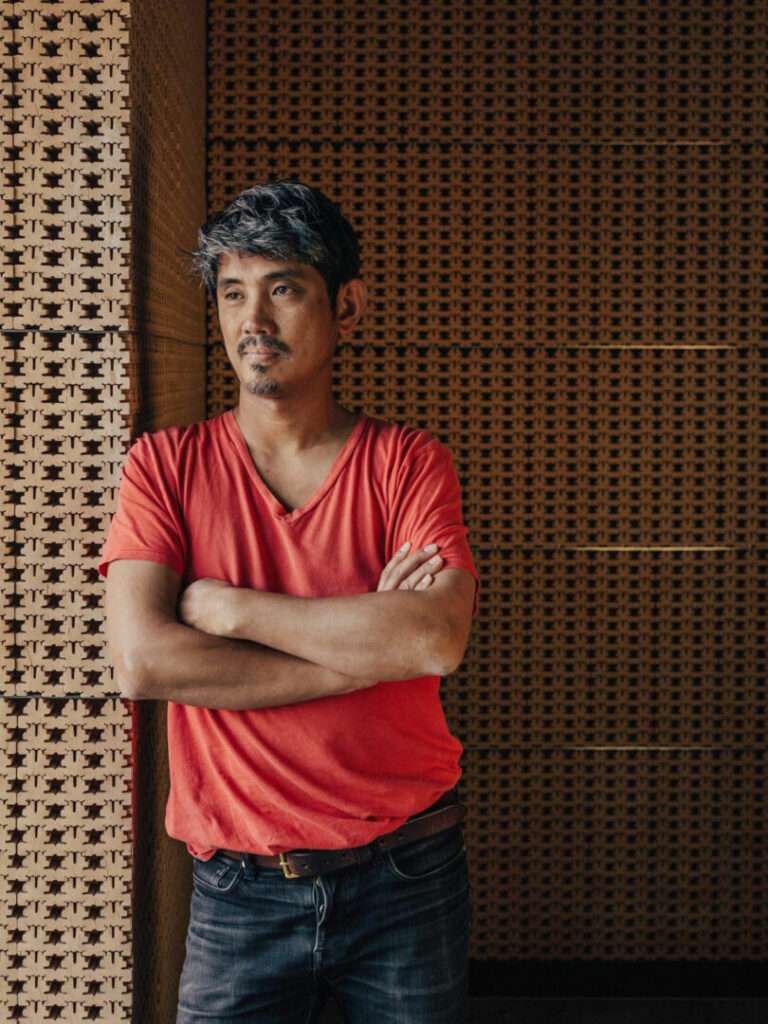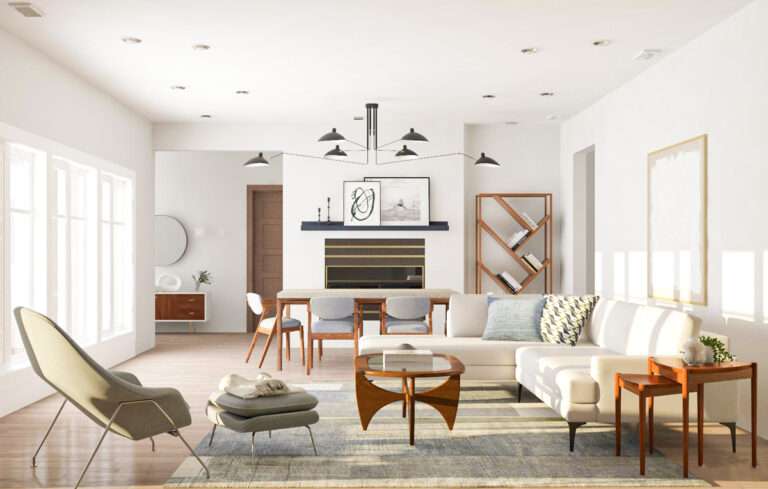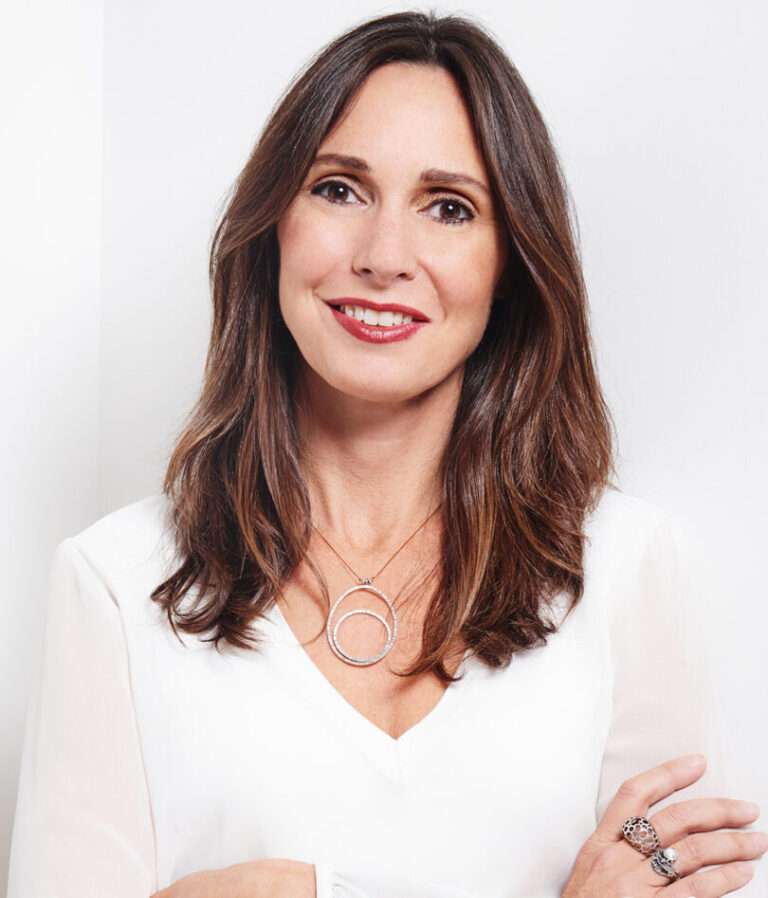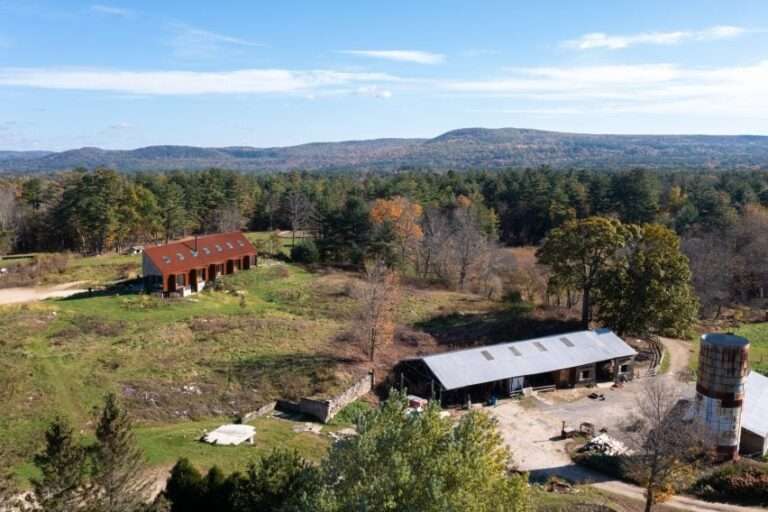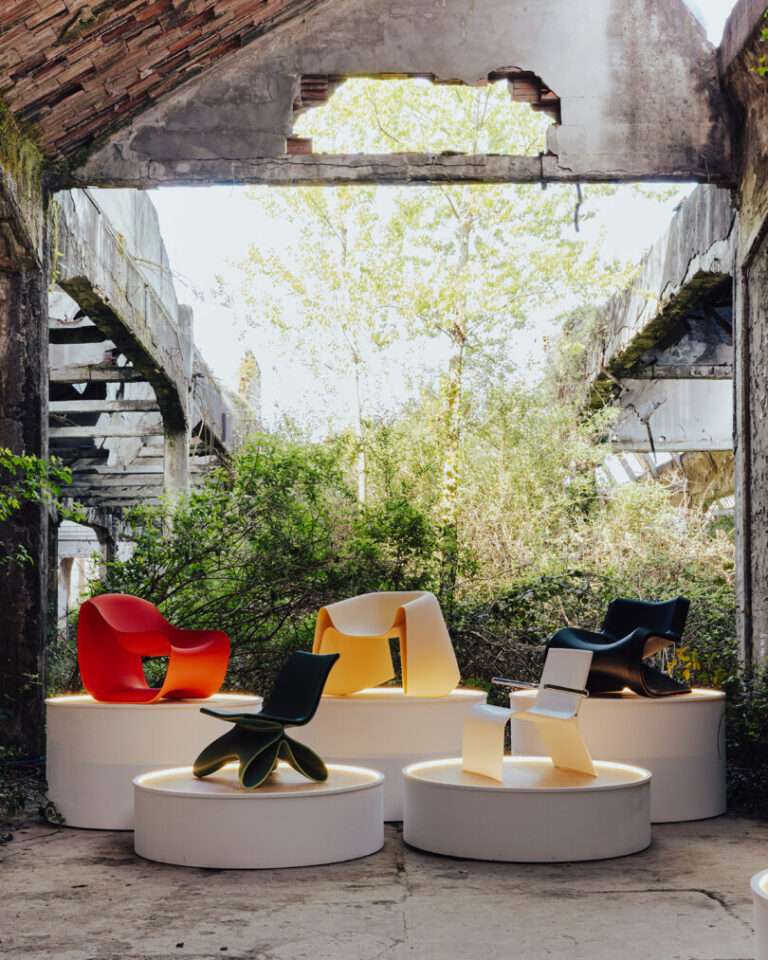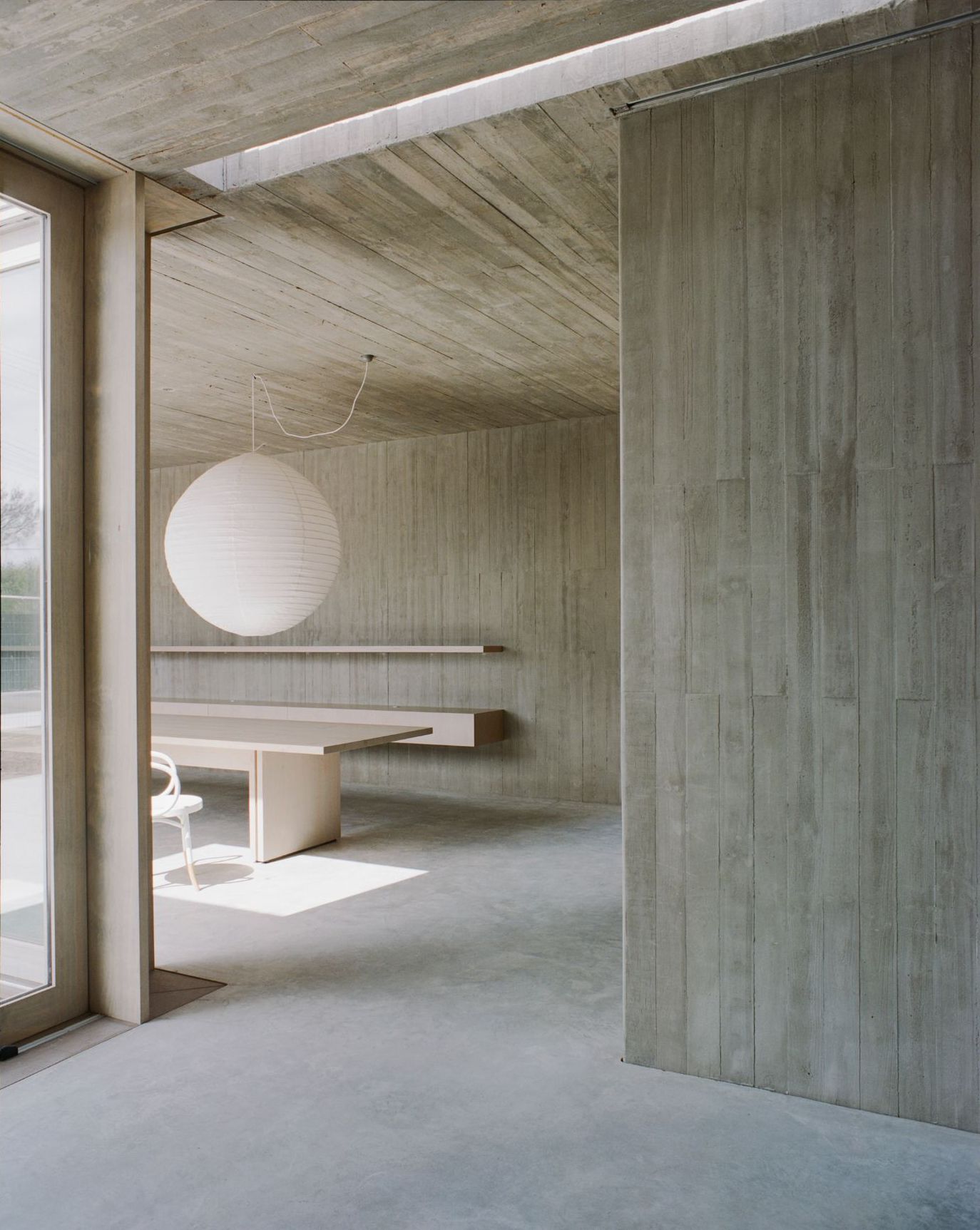
Mori House is a minimalist residence located in Mount Martha, Australia, designed by Manuel Aires Mateus in collaboration with MAArchitects. The name “Mori” means “forest” in Japanese, a linguistic choice that encapsulates the design ethos of the project. The furniture and interior layout prioritize Zen principles like harmony, functionality, and a close relationship with nature. Externally, the house is notable for its extensive use of concrete. Inside, the aesthetic is starkly minimalist, employing wooden features to introduce warmth to the spaces. One remarkable architectural detail is a concrete stairwell located in the patio, framed by towering concrete walls. It acts as a visual anchor, dividing the house into four distinct areas separated by open voids.
These include a variety of sleeping arrangements: standard bedrooms, a bunk room, and a tatami room. The interior is further accentuated by strategically placed linear skylights that gently disperse sunlight, adding to the home’s tranquil ambiance. The design also integrates subtle architectural nuances, like Aires Mateus’ signature softly curved concrete walls, which provide an organic contrast to the otherwise rigid material. The kitchen employs stainless steel surfaces that integrate effortlessly with the prevailing grey concrete, while the open-plan dining area features a versatile wooden table. The living room, adorned with traditional tatami mats and a low wooden table, serves as an ode to Japanese culture and design.
It harmoniously coexists with the minimalist aesthetic of the concrete walls and wooden accents.Mori House highlights the design versatility of both Aires Mateus and MAArchitects, illustrating that cultural elements can be successfully intertwined in a singular architectural expression. Circulation within the house is optimized by large openings and meticulously designed patios that connect the interior and exterior spaces. The entrance greets visitors with an imposing stairway leading to a rooftop lookout, offering panoramic views of the surrounding bay area. The chosen materials—predominantly off-form concrete and natural timber—speak to a focus on long-lasting, durable construction.
